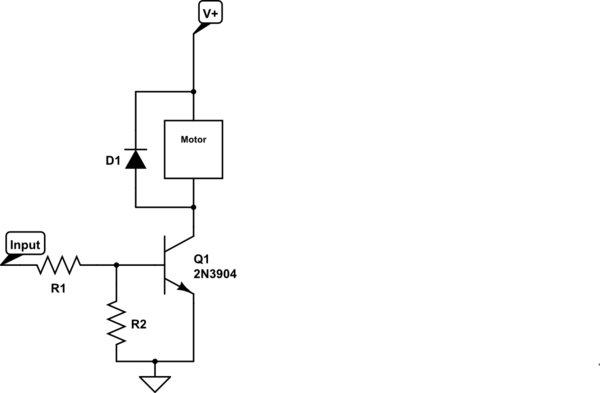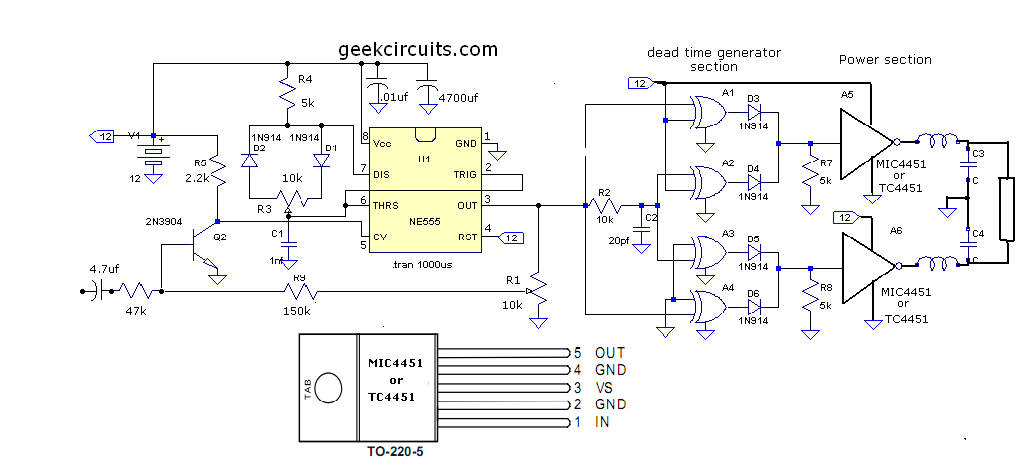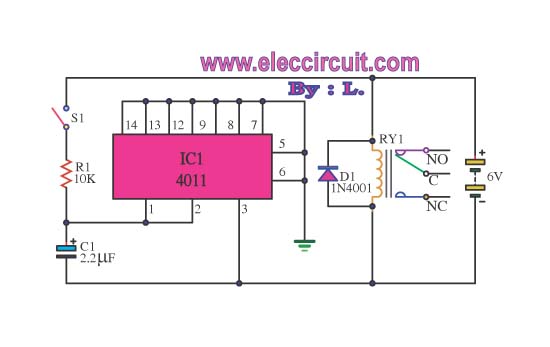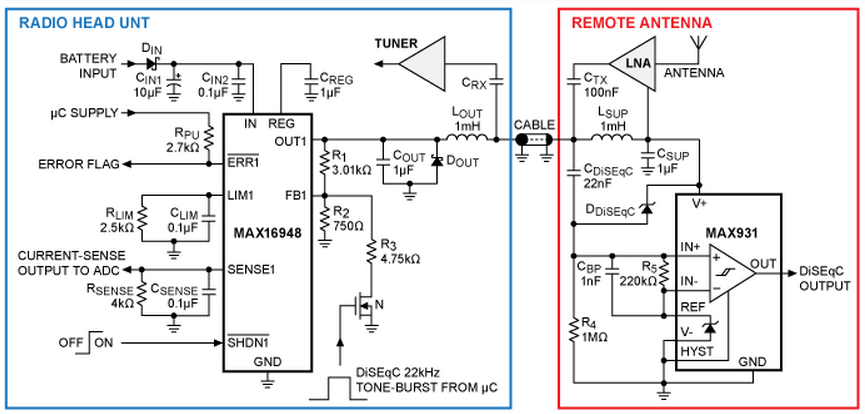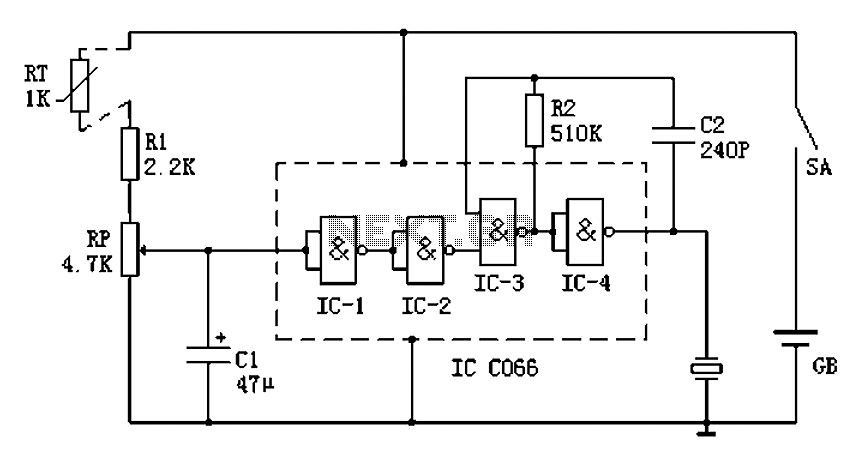
Howto Design a Stepper Motor System Using an 8-bit Freescale microcontroller MCU - MC68HC11E9
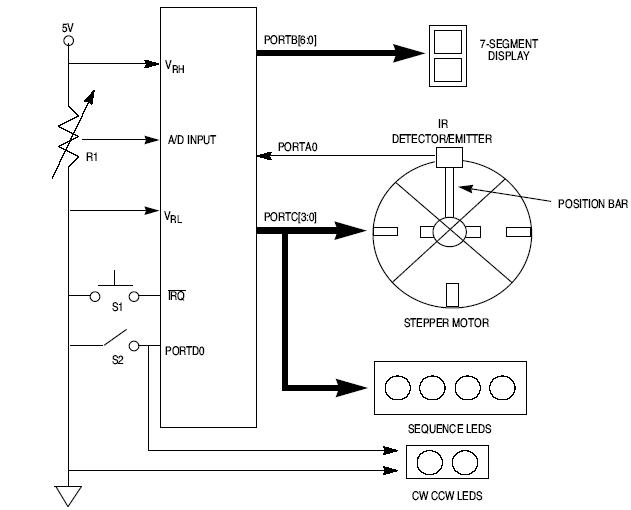
This article explains how to design a stepper motor system using an 8-bit Freescale microcontroller - MC68HC11E9.
The design of a stepper motor system utilizing the 8-bit Freescale microcontroller MC68HC11E9 involves several key components and considerations to ensure effective control and operation of the stepper motor. The MC68HC11E9 is a versatile microcontroller that features integrated peripherals, including timers and input/output ports, which are essential for motor control applications.
The system typically comprises the following elements:
1. **Microcontroller**: The MC68HC11E9 serves as the central processing unit, executing the control algorithms necessary for stepper motor operation. It processes input signals and generates the appropriate output signals to drive the motor.
2. **Stepper Motor**: The stepper motor itself is the actuator that converts electrical pulses into mechanical movement. The motor type (e.g., unipolar or bipolar) will dictate the driving method and circuit configuration.
3. **Driver Circuit**: A driver circuit is required to interface the microcontroller with the stepper motor. This circuit can be built using transistors or dedicated motor driver ICs. The driver circuit amplifies the control signals from the microcontroller to provide sufficient current to the motor coils.
4. **Power Supply**: An appropriate power supply is necessary to provide the required voltage and current to the stepper motor and the microcontroller. The voltage rating should match the specifications of the motor, while the current capacity should accommodate the maximum load.
5. **Control Algorithm**: The control algorithm implemented in the microcontroller determines the sequence of pulses sent to the motor. This sequence controls the direction and speed of the motor. Common methods include half-stepping and full-stepping techniques, which affect the resolution and torque of the motor.
6. **Feedback Mechanism**: For precision applications, a feedback mechanism, such as an encoder, can be utilized to provide real-time position information to the microcontroller. This allows for closed-loop control, improving accuracy and performance.
7. **Programming Environment**: The software development environment for the MC68HC11E9 should support assembly or C programming languages. This environment is used to write, compile, and upload the control code to the microcontroller.
In summary, the design of a stepper motor system with the MC68HC11E9 microcontroller requires careful integration of hardware and software components. Proper selection of the motor type, driver circuit, and control algorithms is crucial for achieving desired performance characteristics. Additionally, consideration of power supply requirements and potential feedback systems enhances the overall functionality and precision of the stepper motor application.This article explains how to design a stepper motor system using an 8-bit Freescale microcontroller - MC68HC11E9 🔗 External reference
The design of a stepper motor system utilizing the 8-bit Freescale microcontroller MC68HC11E9 involves several key components and considerations to ensure effective control and operation of the stepper motor. The MC68HC11E9 is a versatile microcontroller that features integrated peripherals, including timers and input/output ports, which are essential for motor control applications.
The system typically comprises the following elements:
1. **Microcontroller**: The MC68HC11E9 serves as the central processing unit, executing the control algorithms necessary for stepper motor operation. It processes input signals and generates the appropriate output signals to drive the motor.
2. **Stepper Motor**: The stepper motor itself is the actuator that converts electrical pulses into mechanical movement. The motor type (e.g., unipolar or bipolar) will dictate the driving method and circuit configuration.
3. **Driver Circuit**: A driver circuit is required to interface the microcontroller with the stepper motor. This circuit can be built using transistors or dedicated motor driver ICs. The driver circuit amplifies the control signals from the microcontroller to provide sufficient current to the motor coils.
4. **Power Supply**: An appropriate power supply is necessary to provide the required voltage and current to the stepper motor and the microcontroller. The voltage rating should match the specifications of the motor, while the current capacity should accommodate the maximum load.
5. **Control Algorithm**: The control algorithm implemented in the microcontroller determines the sequence of pulses sent to the motor. This sequence controls the direction and speed of the motor. Common methods include half-stepping and full-stepping techniques, which affect the resolution and torque of the motor.
6. **Feedback Mechanism**: For precision applications, a feedback mechanism, such as an encoder, can be utilized to provide real-time position information to the microcontroller. This allows for closed-loop control, improving accuracy and performance.
7. **Programming Environment**: The software development environment for the MC68HC11E9 should support assembly or C programming languages. This environment is used to write, compile, and upload the control code to the microcontroller.
In summary, the design of a stepper motor system with the MC68HC11E9 microcontroller requires careful integration of hardware and software components. Proper selection of the motor type, driver circuit, and control algorithms is crucial for achieving desired performance characteristics. Additionally, consideration of power supply requirements and potential feedback systems enhances the overall functionality and precision of the stepper motor application.This article explains how to design a stepper motor system using an 8-bit Freescale microcontroller - MC68HC11E9 🔗 External reference
